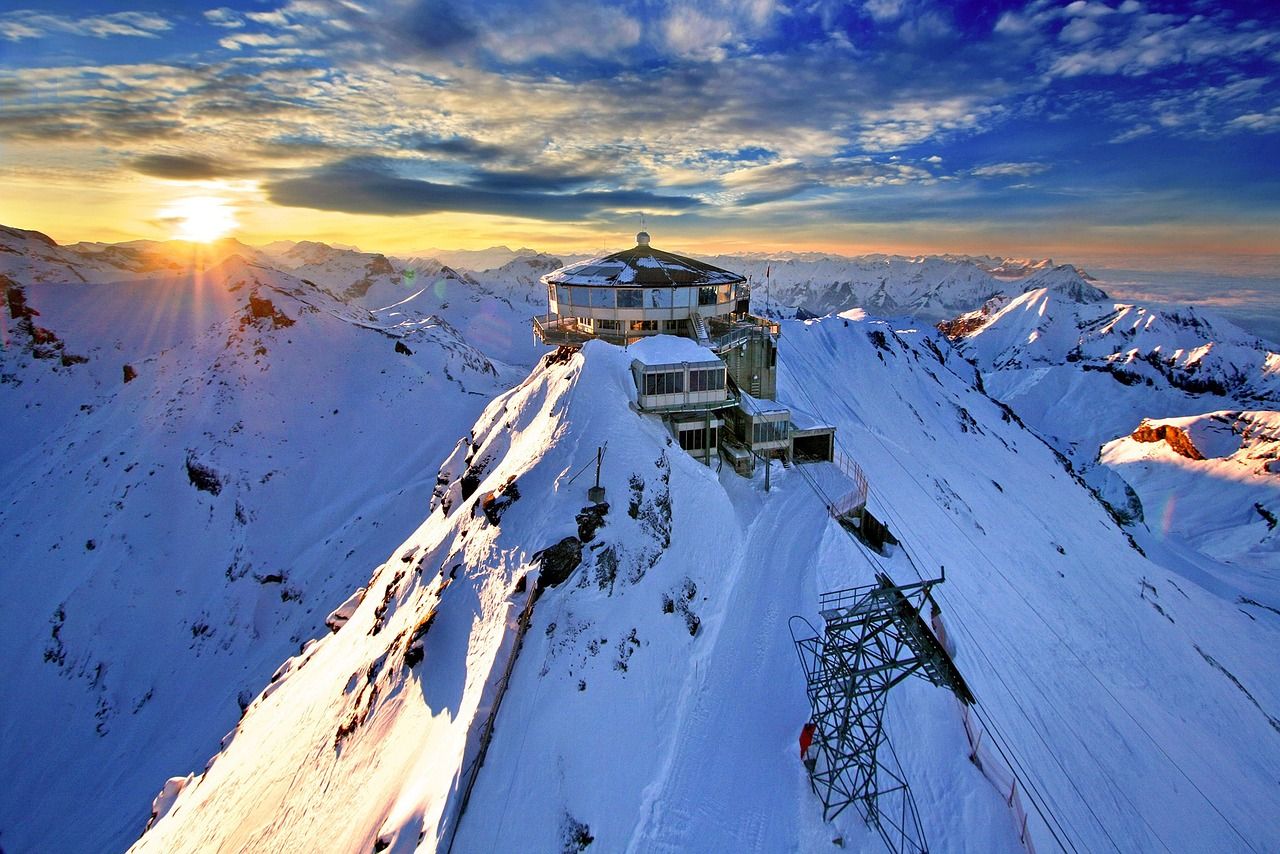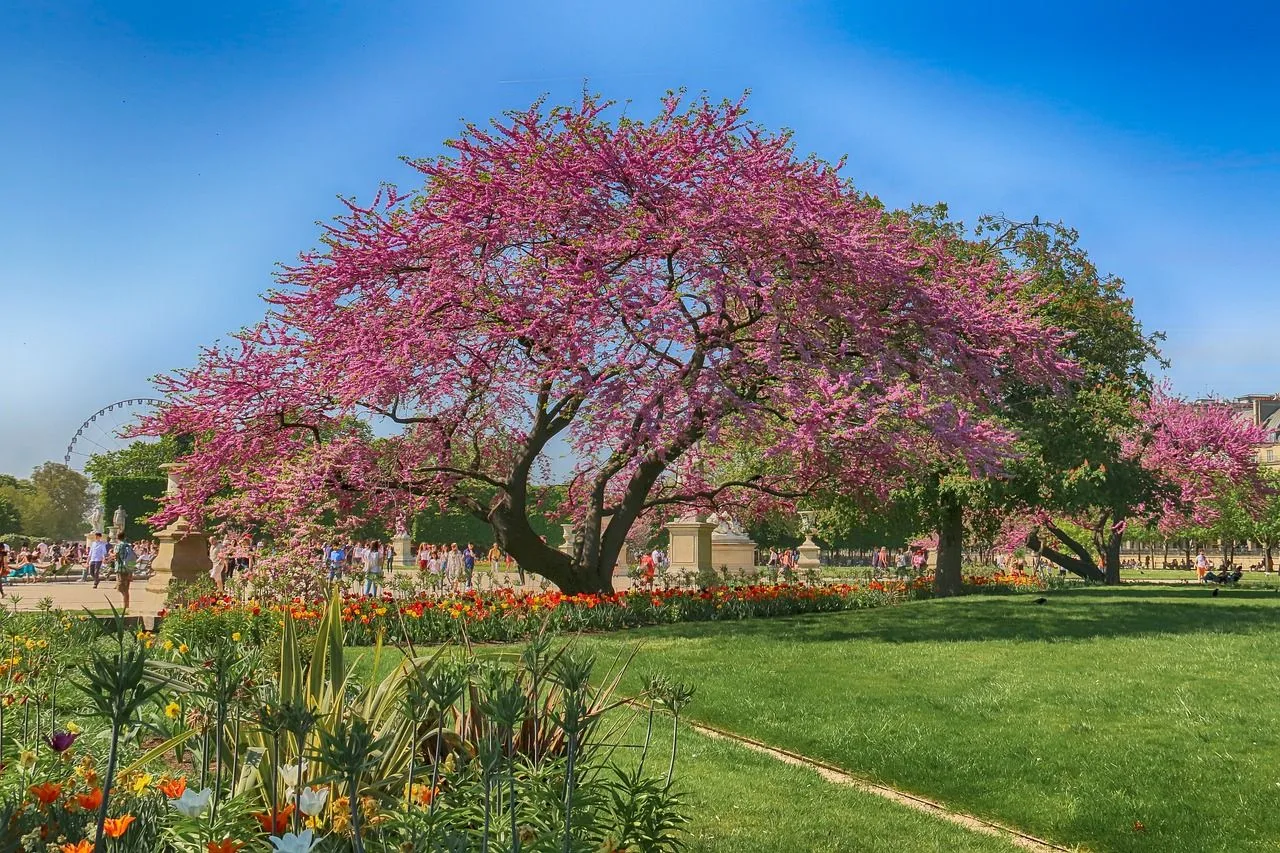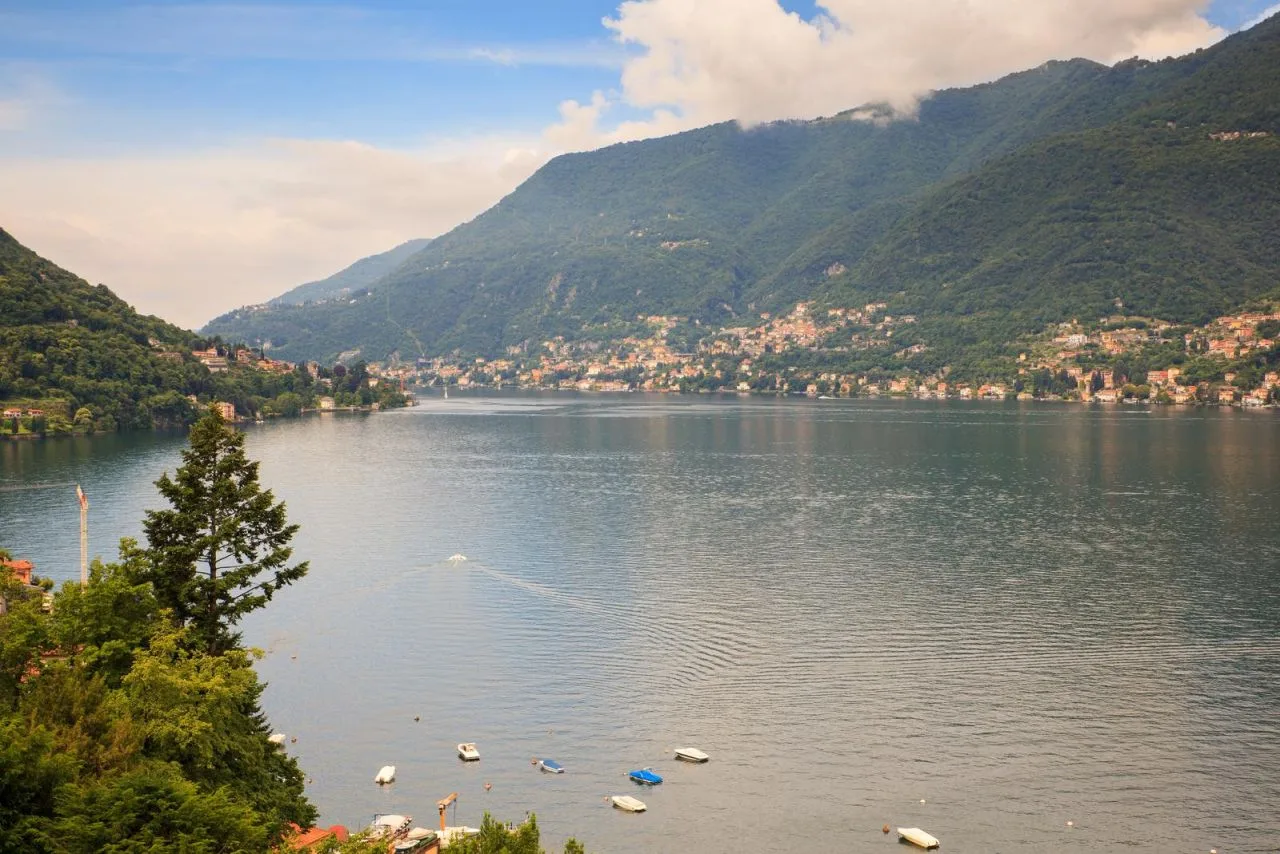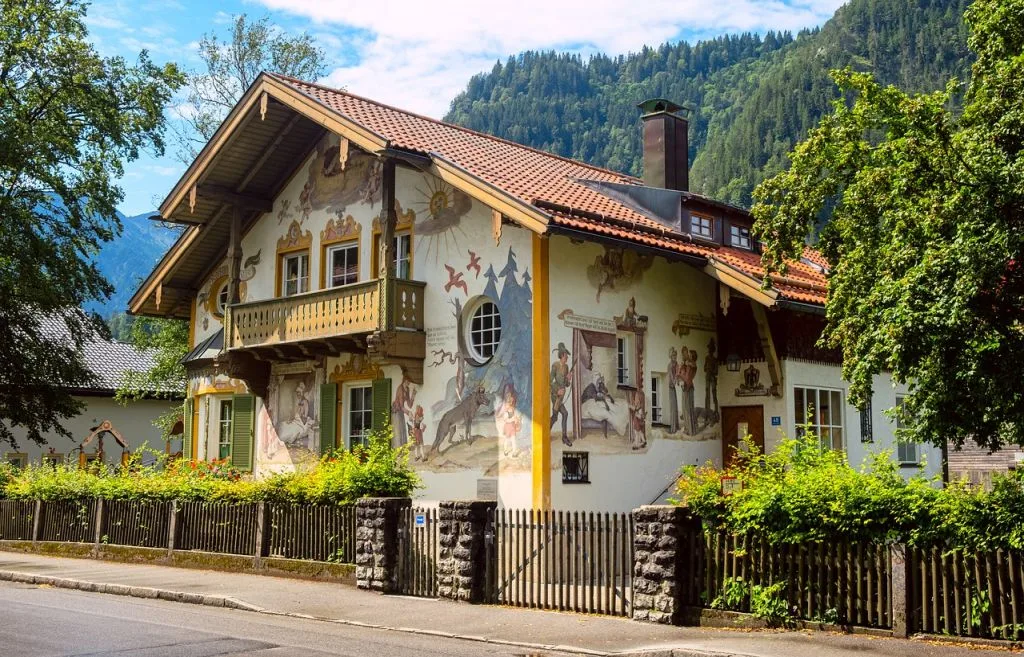Loire Valley, France
Address
Loire Valley, France
GPS
47.5049588, 1.236303363234
The Loire Valley, which stretches for 280 kilometers (170 miles) along the Loire River in central France, is divided into two administrative regions: Pays de la Loire and Centre-Val de Loire. The Loire Valley covers approximately 800 square kilometers (310 sq mi). Owing to the abundance of vineyards, fruit orchards (such as cherries), artichoke, and asparagus fields that line the river’s banks, it is known as the “Cradle of the French” and the “Garden of France.”
The valley has been inhabited since the Middle Palaeolithic period, and is known for its historic towns, architecture, and wines. The central section of the Loire River valley was added to UNESCO’s list of World Heritage Sites in 2000.
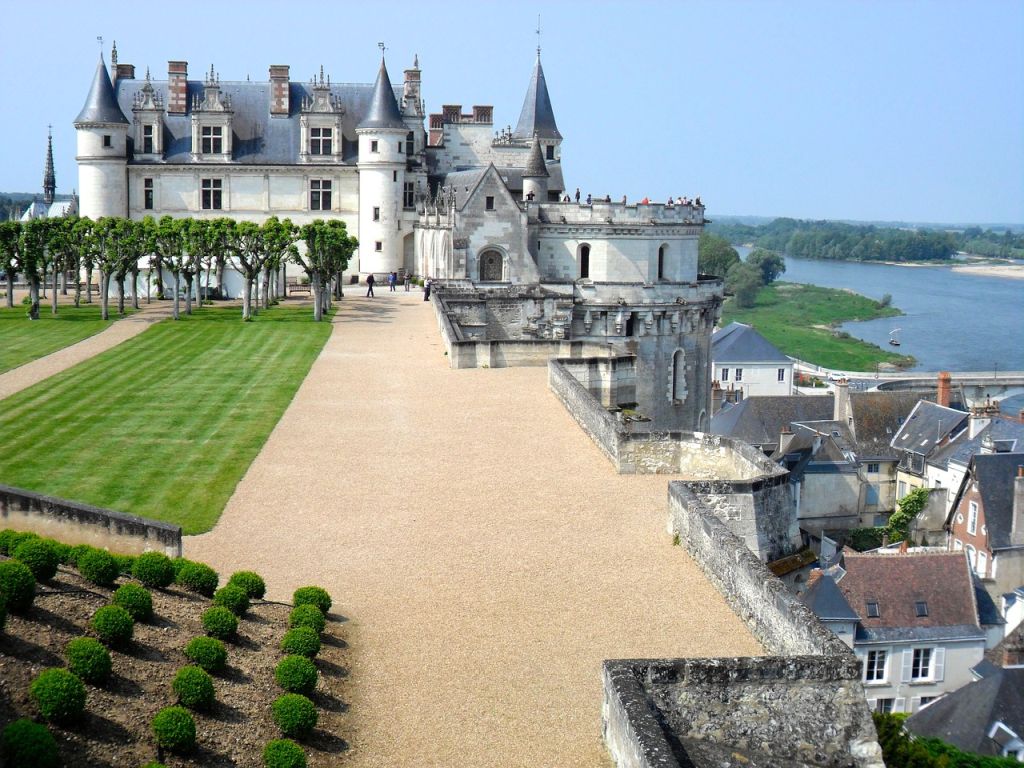
Orléans, Blois, Tours, and Angers are only a few of the Loire Valley’s vibrant, sophisticated towns.
While touring the vineyards of the Loire Valley, visitors can take advantage of the pleasant weather. It’s an opportunity to visit one of the several cellars and taste some Anjou or Touraine wine. What could be more relaxing than a hike, a horseback ride, or a canoe-kayak trip down the Loire or the Cher between visits?
Laure Valley facts and figures
The Loire Valley, often referred to as the “Garden of France,” is a region in central France renowned for its historic towns, stunning châteaux, and beautiful landscapes. Here are some key facts and figures about the Loire Valley:
Geography and Location
- Region: The Loire Valley spans several departments, including Loiret, Loir-et-Cher, Indre-et-Loire, Maine-et-Loire, and the eastern part of Sarthe.
- Rivers: The region is named after the Loire River, which is the longest river in France, stretching over 1,000 kilometers (620 miles).
- UNESCO World Heritage Site: In 2000, the central part of the Loire Valley, from Sully-sur-Loire in the Loiret to Chalonnes-sur-Loire in Anjou, was designated a UNESCO World Heritage Site for its cultural landscape.
Châteaux
- Number of Châteaux: The Loire Valley is home to over 300 châteaux, each with its own unique history and architecture.
- Notable Châteaux:
- Château de Chambord: Known for its distinctive French Renaissance architecture, double-helix staircase, and extensive park.
- Château de Chenonceau: Famous for its elegant arches spanning the Cher River and its beautiful gardens.
- Château de Villandry: Renowned for its meticulously manicured Renaissance gardens.
- Château d’Amboise: Overlooking the town of Amboise and the Loire River, known for its historical significance and gardens.
- Château de Blois: A royal château with a blend of Gothic, Renaissance, and Classical architecture.
Wine Region
- Appellations: The Loire Valley is one of France’s most diverse wine regions, with several appellations including Sancerre, Pouilly-Fumé, Vouvray, Chinon, and Muscadet.
- Wine Types: The region produces a wide variety of wines, including white wines (e.g., Sauvignon Blanc, Chenin Blanc), red wines (e.g., Cabernet Franc), rosés, and sparkling wines (Crémant de Loire).
- Vineyards: The Loire Valley has approximately 70,000 hectares (173,000 acres) of vineyards.
Tourism
- Visitors: The Loire Valley attracts millions of tourists each year, drawn by its historical sites, natural beauty, and cultural heritage.
- Cycling Routes: The Loire à Vélo is a popular cycling route that spans 800 kilometers (500 miles) along the Loire River, offering a scenic way to explore the region.
- Gardens: The region is renowned for its gardens, including the International Garden Festival at Chaumont-sur-Loire, which showcases contemporary garden designs.
History
- Historical Significance: The Loire Valley has been a strategic and cultural heartland of France for centuries, playing a pivotal role during the Renaissance when it was the preferred location for the French court.
- Joan of Arc: The Loire Valley is historically significant for its association with Joan of Arc, who led French forces to victory at the Siege of Orléans in 1429.
Economy
- Agriculture: Besides viticulture, the Loire Valley is known for its agricultural produce, including fruits, vegetables, and goat cheese (e.g., Crottin de Chavignol).
- Craftsmanship: The region also has a rich tradition of craftsmanship, including pottery, tapestry, and the production of fine textiles.
Climate
- Temperate Climate: The Loire Valley enjoys a temperate climate with mild winters and warm summers, which is conducive to viticulture and the cultivation of a variety of crops.
The Loire Valley’s combination of historical significance, architectural splendor, natural beauty, and cultural richness makes it a unique and captivating destination.


